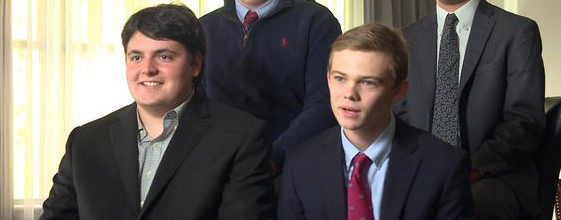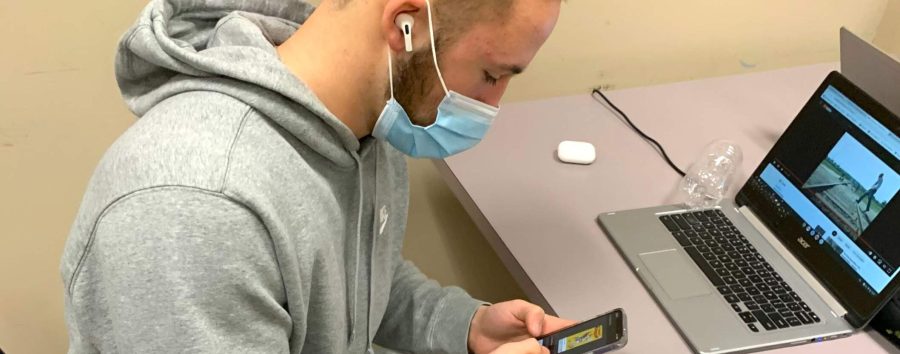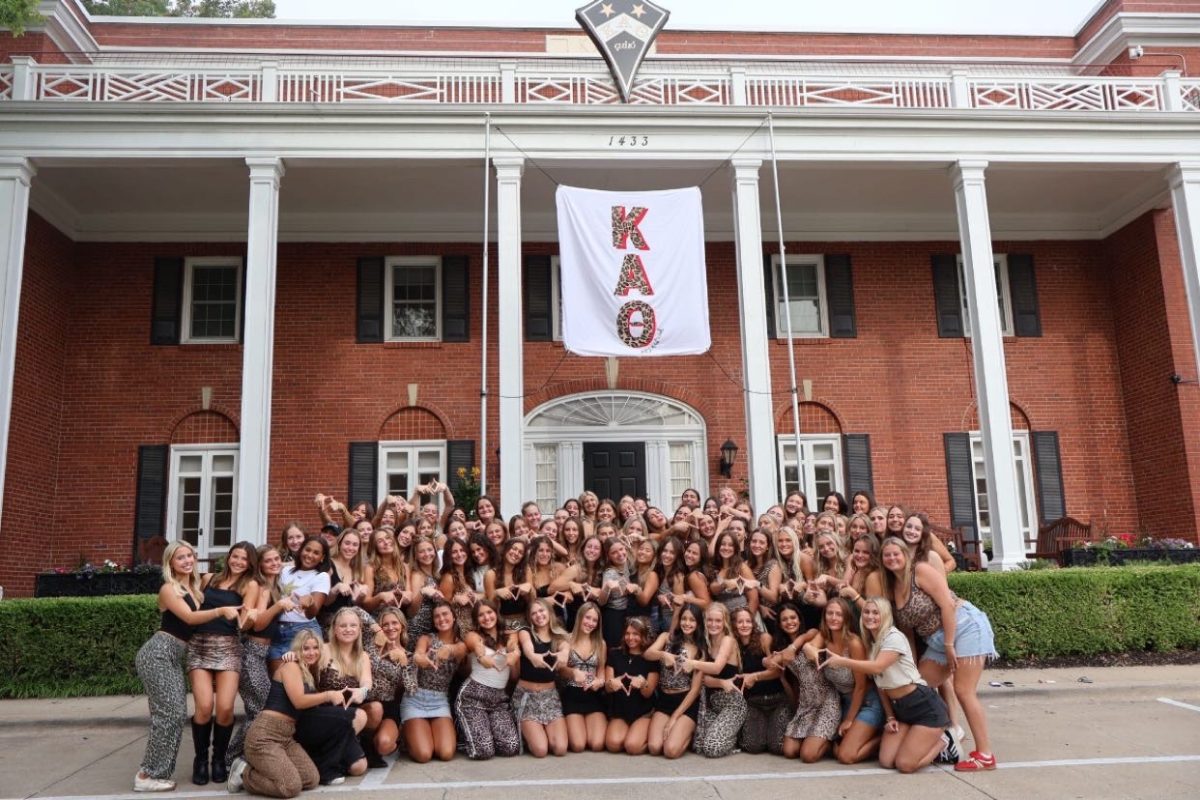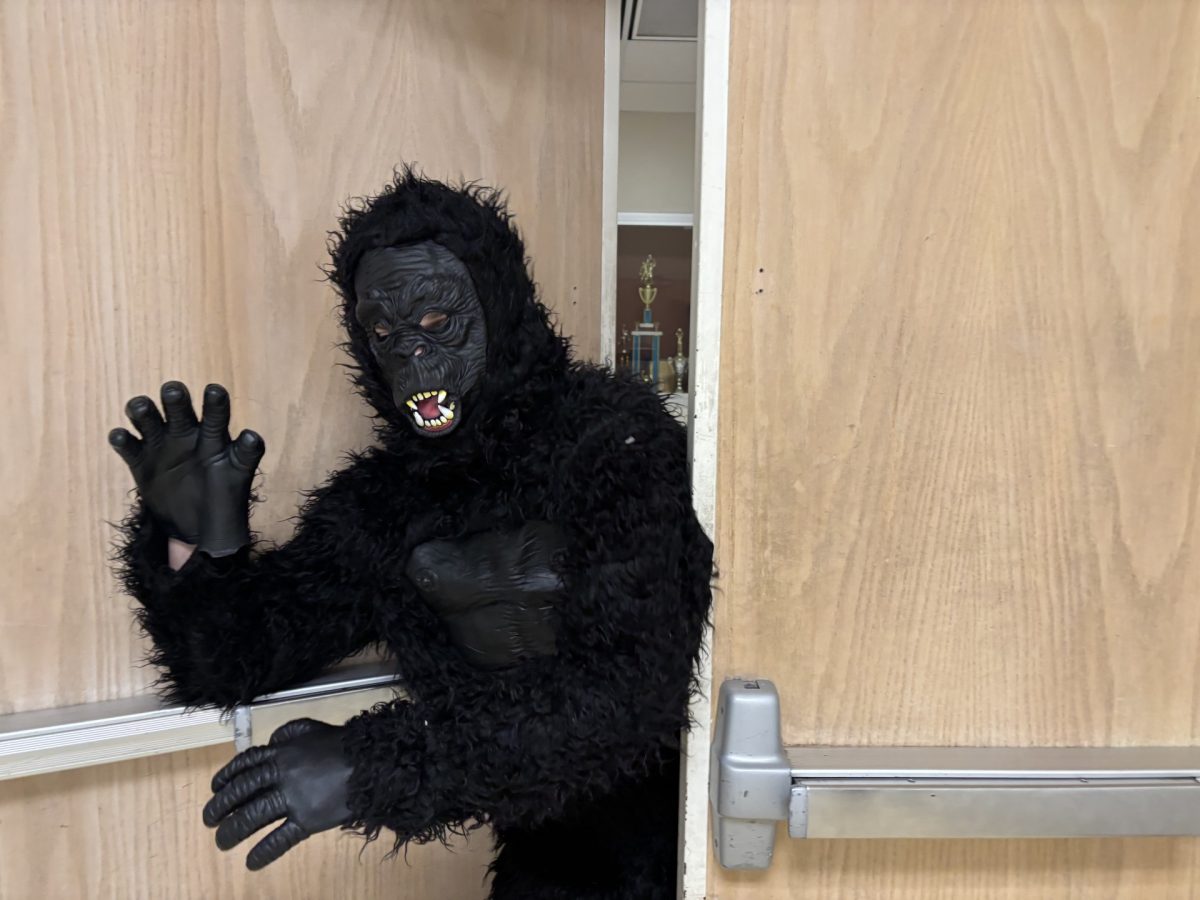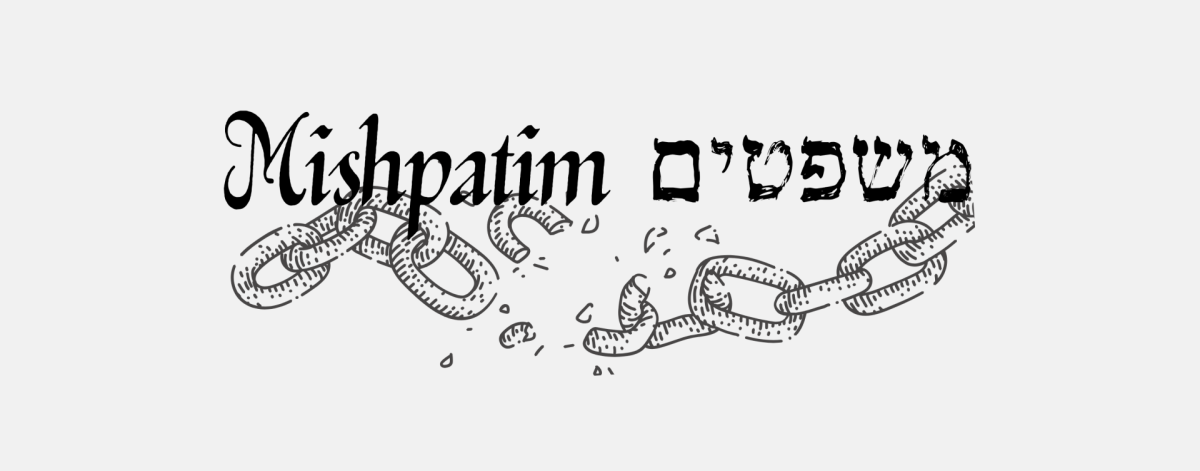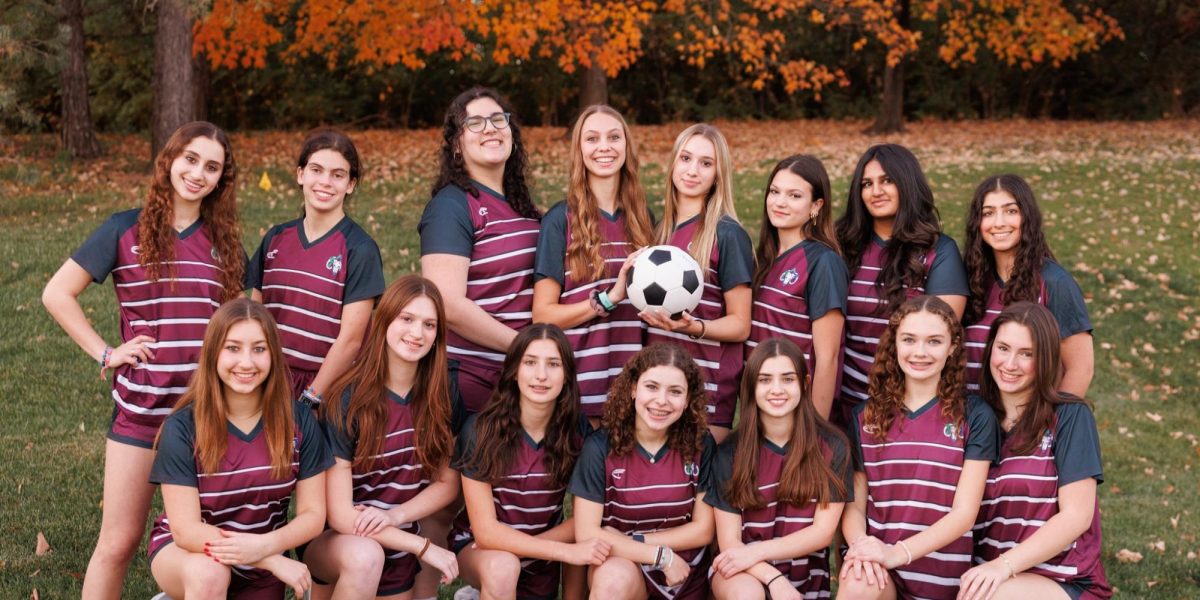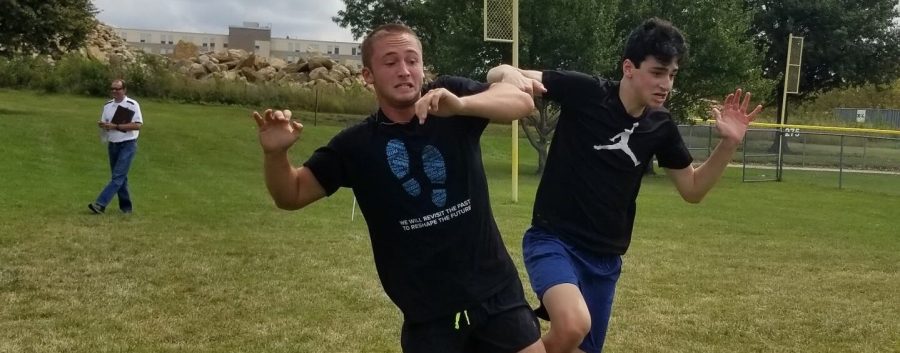Slider image by Jesse Ernstein.
From March 5-21, the Hyman Brand Hebrew Academy (HBHA) junior and senior classes went on a once in a lifetime trip to Germany, Poland, and Israel. On their trip they were educated about their Jewish heritage while learning about the Holocaust and modern Jewish life in Israel.
The first stop of the trip was in Berlin where students had the opportunity to visit the location of the bunker where Adolf Hitler commited suicide. “Upon first realizing that there was no monument devoted to the bunker, I was slightly disappointed,” says senior Joe Porter. “But I soon realized that the lack of devoted importance to the bunker represented something more important: that neo-nazis could not turn it into a shrine.” The location of the bunker has since been turned into a parking lot with a sign explaining the location’s significance.

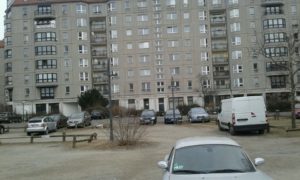
In the center of Berlin there is a Holocaust memorial. It is simply “a large area filled with rectangular pillars that got taller as we went deeper into the memorial,” explains Porter. The pillars are there to represent the people who were murdered during the Holocaust. People who live in Berlin are sometimes unaware of the intention behind the pillars,” and they often view them as an art piece. People are often seen jumping from pillar to pillar, not giving respect to the intention of the art piece.

Another monument in Berlin is dedicated to the burning of Jewish books in 1933 during the Holocaust. Books that were written by Jews, about Judaism, or any other topic that was against Nazi beliefs were burned in the center of town. This monument is “quite literally, a hole in the ground,” says Porter. “Upon looking into the hole, we could see empty bookshelves that extended down 20 or 30 feet.”

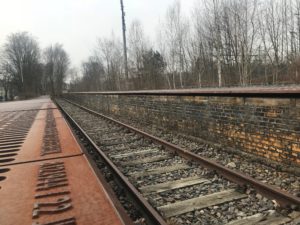
Also in Berlin, there are the train tracks where Jews were transported to camps. When the group visited the tracks, it “made [them] feel very emotional,” says junior Josh Kolkin. They were “literally walking in the footsteps of the Jews who were prodded and poked…forcefully being sent on to those trains and sent to those camps.”
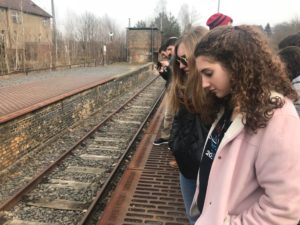
“Reminding myself that we are here, and we can go home. That is something I am truly grateful for,” says Kolkin.


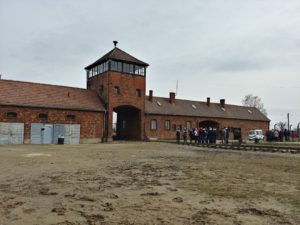
Following their time in Berlin, students traveled to Poland where they had the opportunity to visit Auschwitz. Seeing the concentration camp allowed students to experience the location where thousands of Jews were taken and murdered during the Holocaust. Throughout their time in Auschwitz, many students were “not sure of [their] emotions,” says senior Haidee Clauer. “There [were] people crying and people laughing, people singing together and people in silence.”
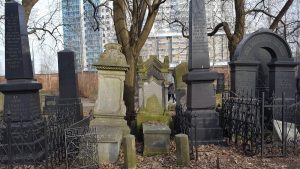


In Warsaw, the group went on a tour of the city, visited the Holocaust Museum and Jewish cemetery. “Our time in Warsaw was very difficult,” says junior Natalie Bell. “The city was undeniably gorgeous, but some of us felt uncomfortable revelling in its beauty while learning about the unfathomable atrocities that happened only 80 years ago that took place on the very ground.”

At the cemetery there was a memorial for Janusz Korczak, who was the director of an orphanage in Warsaw. When he was given the chance to avoid going to a death camp, he chose to stay and die with his kids instead of escaping and surviving.“Many of us were deeply affected by the story of Janusz Korczak’s heroism,” explains Bell. “Many were comforted by the sight of candles and stones at the feet of Jewish memorials and tombstones.”

Then came their time in Israel. In Kansas City’s sister city Ramleh, HBHA students paired up with Israeli Arab students and visited hospital patients, canoed through a flooded bunker/basement, and toured the city with Jewish and Muslim guides for a unique dual perspective experience. “What made this day so unique for me was the different narratives we were exposed to,” says junior Sagi Rudnick. “I think this day was special due to the different lenses we got to experience all in one day.”


From Ramleh, then came the Galilee. There they went to an Arab city and worked with local teens through team building exercises. The students set aside their political views and simply got to know the other teens. “Spending time with people who seemed to be so different from us showed me that despite a language and cultural barrier…We actually had things in common!” says senior Eliana Saidel.

The group even got to have dinner at Zohar Flacks’ parents’ home. Facks is HBHA’s Director of Jewish Life.


In the Golan, the group took an exciting off-road Jeep tour. “It was exciting and thrilling! It was a unique way to see the country in a sense I had never looked through,” explains senior Kayla Goldenberg. “But once at the top we were greeted with tea, cookies, and a breathtaking view of the valley below.”

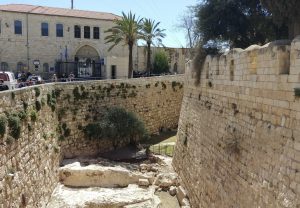
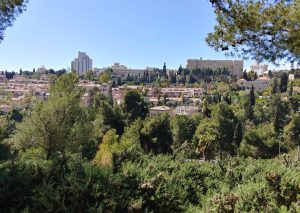
Then the group went to the capitol, Jerusalem, where they celebrated Shabbat, and they took a tunnel tour underneath the Kotel. “The city was teeming with history,” says Goldenberg. “the city looked just like the pictures I have seen my whole life.”

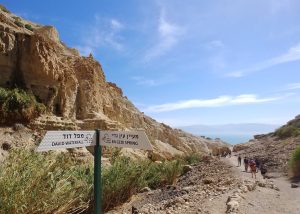
The next day the group got to take a hike through Ein Gedi. “The scenery was absolutely stunning,” says senior Molly Kavanaugh. “It enabled me to better understand the diverse natural beauty of Israel.” They also had the chance to take the cable cars up Masada.
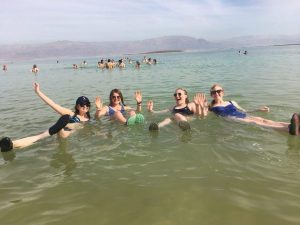
Afterwards they went straight to the Dead Sea. “We had a great time floating around, searching for mud, and cringing when our previously undiscovered cuts and scrapes met with salt water,” explains Kavanaugh.



To learn about the Holocaust from the Israeli perspective, the group got to visit Yad Vashem, Israel’s official Holocaust memorial. “Visiting Yad Vashem was a meaningful way to end our time in Israel as it allowed us to revisit our journey in Poland,” says senior Eliana Schuster. There the students got to discuss the idea of whether the Jews deserve Israel because they survived the Holocaust.
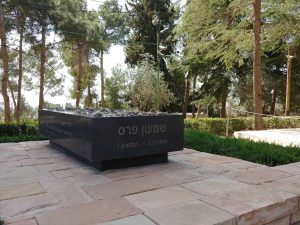

After going to Yad Vashem, they explored Har Hertzl, a cemetery where many famous individuals are entured. “It was beautiful, and we were glad to see the graves of so many Israeli leaders that we have learned about,” says Schuster.

The last stop in Israel was the Negev, a desert region of southern Israel. There students viewed a monument in memory of those who lost their lives in the Six Day War of 1967. “It consisted of a variety of pillars,” explains junior Austin Klinock. “Each with a piece of shrapnel or debris dating back to the war itself.”


Next the group visited a kibbutz right at the Gaza border where they learbed about how people live life under constant threat of attack. The walls at the border were painted by students to promote peace.


On their way out the bus got stuck in sand. “We were there for around an hour, without much water and no hope in sight,” says Klinock. “ Luckily, we were pulled out by a kind man in a tractor and made it back in one piece.”
After an amazing few weeks in Germany, Poland, and Israel, the students finally made their way back to America. The Jewish Heritage trip was a trip that these students will remember forever.












